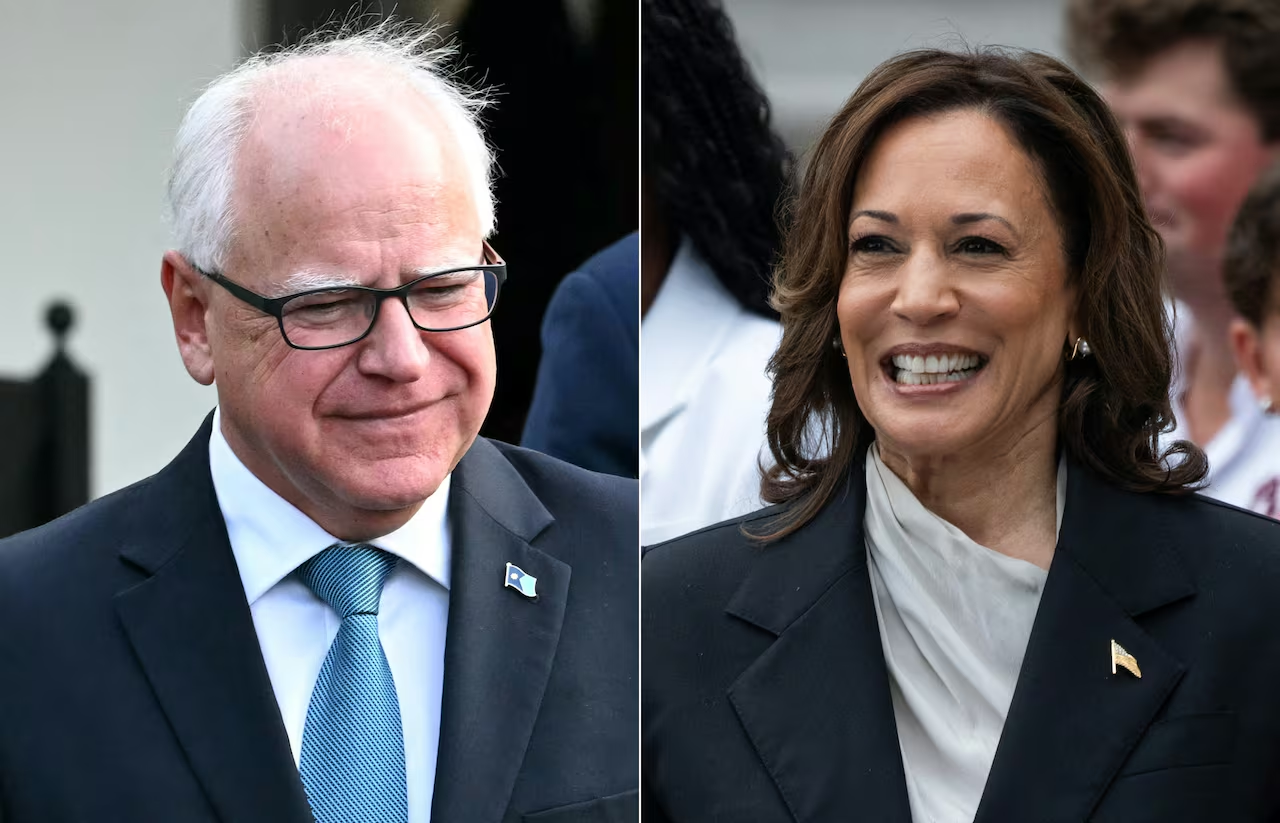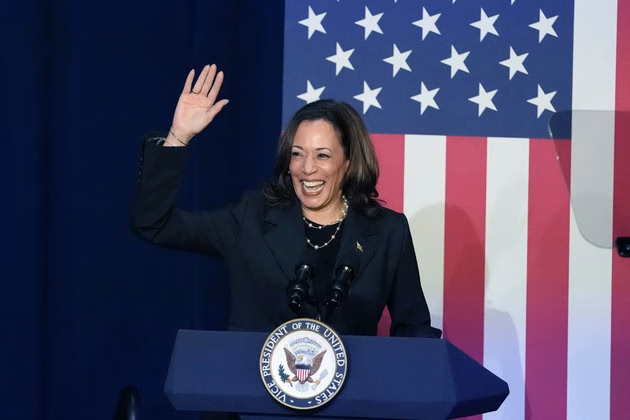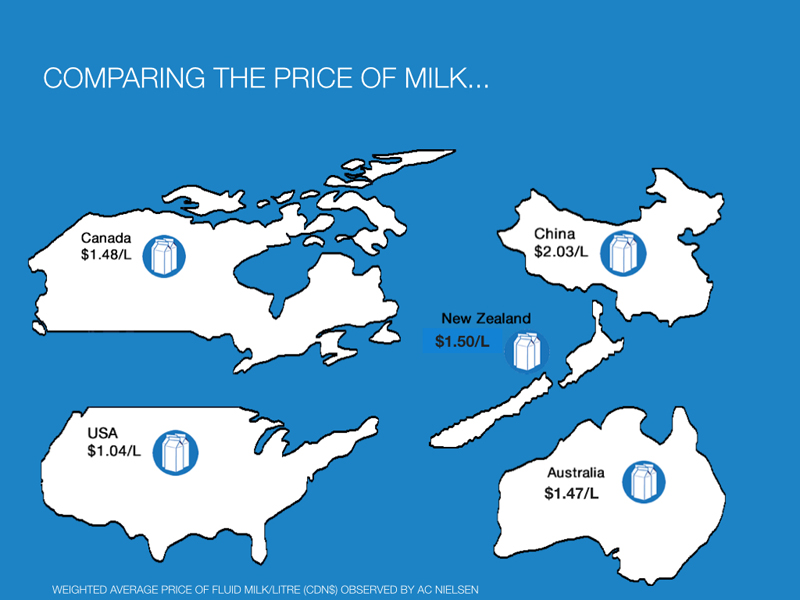Can Kamala Harris’ bold VP pick of Tim Walz win over rural voters and swing the 2024 election? Discover the strategy behind this surprising choice.
Summary: In an unexpected move, Vice President Kamala Harris has picked Minnesota Governor Tim Walz as her 2024 running mate. Announced just before a rally in Philadelphia, this decision aims to boost Harris’s appeal among both rural and progressive voters. Walz, who has strong ties to rural America through his background and political career, has achieved significant progressive milestones. However, his perceived shift toward urban-centric policies since becoming governor raises questions about his ability to rally the rural vote for the Democratic ticket. The effectiveness of the Democratic campaign in connecting with rural America will be crucial in this fierce political battle.
- Vice President Kamala Harris has selected Minnesota Governor Tim Walz as her 2024 running mate.
- The announcement was made just before a Harris rally in Philadelphia.
- The decision aims to strengthen Harris’s appeal among both rural and progressive voters.
- Walz has a history of significant progressive achievements and strong rural ties.
- There are concerns about Walz’s perceived focus on urban-centric policies since becoming governor.
- Winning the rural vote will be essential for the Democratic campaign in the upcoming election.

In an unexpected move, Vice President Kamala Harris has picked Minnesota Governor Tim Walz as her running mate for the 2024 election. As the word spread among supporters before a rally in Philadelphia, it became evident that this choice was more than simply another name on the ticket; it was a calculated move targeted directly at securing the elusive rural vote. But can Walz persuade rural voters with his unusual combination of progressive successes and Midwestern roots? Let’s look at what this implies for the campaign and what Tim Walz provides.
Who is Tim Walz?
Early Life and Education: Born in West Point, Nebraska, Tim Walz’s journey began far from the busy streets of Washington. After graduating from Chadron State College in Nebraska, he began a journey that would immerse him in the beliefs and experiences of rural America.
Military Service and Teaching Career: Walz participated in the Army National Guard, demonstrating his sense of responsibility and devotion. After his military service, he worked as a teacher on the Pine Ridge Indian Reservation in South Dakota, where he met his wife, Gwen, who was also a teacher. His teaching career did not end there; he went to China and later returned to the United States, where he taught high school in Mankato, Minnesota, south of Minneapolis. He spent many decades developing young minds, coaching football, and acting as a faculty adviser for the school’s gay-straight alliance.
Entry into Politics: Tim Walz entered politics in 2004, prompted by his engagement in John Kerry’s presidential campaign. This encounter laid the groundwork for his future political career.
Legislative Focus in Congress: During his sixth tenure in the United States House of Representatives, Walz prioritized veterans’ problems and agricultural policy, showing his strong connection to rural America. These legislative initiatives demonstrated his dedication to his people and his profound awareness of the specific issues that rural towns confront.
Tim Walz: Balancing Progressive Triumphs and Rural Criticisms
Tim Walz, Minnesota’s governor since 2018, has a rich tapestry of political achievements to his credit. His position as head of the National Democratic Governors Association amplifies his power. As governor, Walz has built his name on several progressive policy victories, including guaranteeing tuition-free meals at public colleges, enshrining abortion rights in state law, prohibiting conversion therapy, and protecting gender-affirming healthcare. These efforts demonstrate his dedication to an inclusive government.
Walz has also exhibited practical crisis management abilities. In 2020, he led Minnesota’s reaction to the COVID-19 outbreak and the violent time of demonstrations against police brutality after George Floyd’s murder. However, his management of these problems has sparked debate. State Republicans chastised him for what they saw as a slow reaction to the demonstrations. Furthermore, although Walz’s programs have received acclaim from progressives, his emphasis since becoming governor has attracted criticism for seeming to prioritize city and suburban voters over the rural population, which he regarded as less critical to his electoral success.
Walz’s Nomination: A Strategic Move to Bridge Rural and Progressive Voters?
Walz’s selection as Harris’ running mate could be a strategic masterstroke in appealing to both rural voters and progressives. His rural upbringing and significant work on agriculture policy during his time in Congress make him a relatable figure to many in the heartland. However, his strong record on progressive issues like abortion rights and gender-affirming healthcare resonates with the Democratic base. This unique ability to bridge the gap between these two voter groups could bring a sense of hope for a more unified political landscape.
In battleground states, Walz’s Midwestern charm and experience with rural concerns may give Harris the advantage she needs. Walz’s history and policy accomplishments might convince voters in states with large rural populations like Pennsylvania and Michigan. Harris’ campaign may use his expertise to connect with those who national politics have forgotten. However, reports suggest that Walz moved his attention to city and suburban voters after becoming governor, leaving some rural supporters feeling abandoned. His appeal to rural voters may be tested. According to sources, Walz was more focused on city and suburban voters after being elected governor than the rural sector, telling one contact, “I don’t need the Ag to vote any longer.” This emotion might challenge the campaign, particularly in critical areas where the agricultural vote is essential.
In summary, while Walz’s nomination presents both challenges and opportunities for Harris, its potential impact on the 2024 race cannot be overstated. The delicate task of appealing to both progressives and rural voters presents a unique challenge that could ultimately determine the campaign’s success or failure in crucial states.
Current Polling and the Political Climate: What’s at Stake in Key Battleground States?
Kamala Harris has lately grabbed the lead over Donald Trump in The Economist’s newest poll tracker, signaling a watershed moment for her campaign. Harris has 48% of the vote, compared to Trump’s 45% [The Economist’s poll tracker]. However, winning the national popular vote does not ensure victory, as Hillary Clinton and Al Gore have painfully discovered.
The scene changes dramatically when comparing current pre-election surveys to those from 2020. Harris’s current 3-point lead is a slimmer edge, indicating the more challenging race projected in the next election. The Harris team must constantly watch polling patterns in critical states such as Wisconsin, Michigan, and Pennsylvania, which have consistently swung rightward in previous elections.
The attention has shifted to crucial battleground states such as Pennsylvania and Michigan. The divided political atmosphere, which includes increasingly different red and blue zip codes, adds another degree of complication. Only time will tell whether Walz’s selection will assist in closing the divide between progressive metropolitan centers and more conservative rural communities. But, with Harris leading in national surveys, the Democratic team sees a chance to capitalize on this momentum as they go through key battleground states.
The Bottom Line
As Kamala Harris selects Minnesota Governor Tim Walz as her vice presidential nominee for the 2024 election, the critical issue remains: will Walz, with his Midwestern background and progressive policy triumphs, rally the rural vote for the Democratic ticket? Throughout this essay, we’ve discussed Walz’s rich history and commitment to problems affecting rural America. However, his turn toward more urban-centric policies as governor indicates a possible divide with rural voters. The strategic implications of Walz’s selection suggest a desire to bridge the divide between progressive metropolitan regions and conservative rural towns. Still, the difficulty is his apparent disconnect from the rural sector—a population critical to winning. Tim Walz’s nomination adds assets and problems to the Harris campaign; the final issue is whether they can connect with rural America or whether this strategic bet fails. What are your thoughts? How do you think Walz will do among rural voters? Please share your thoughts, and let’s keep the discussion going.














